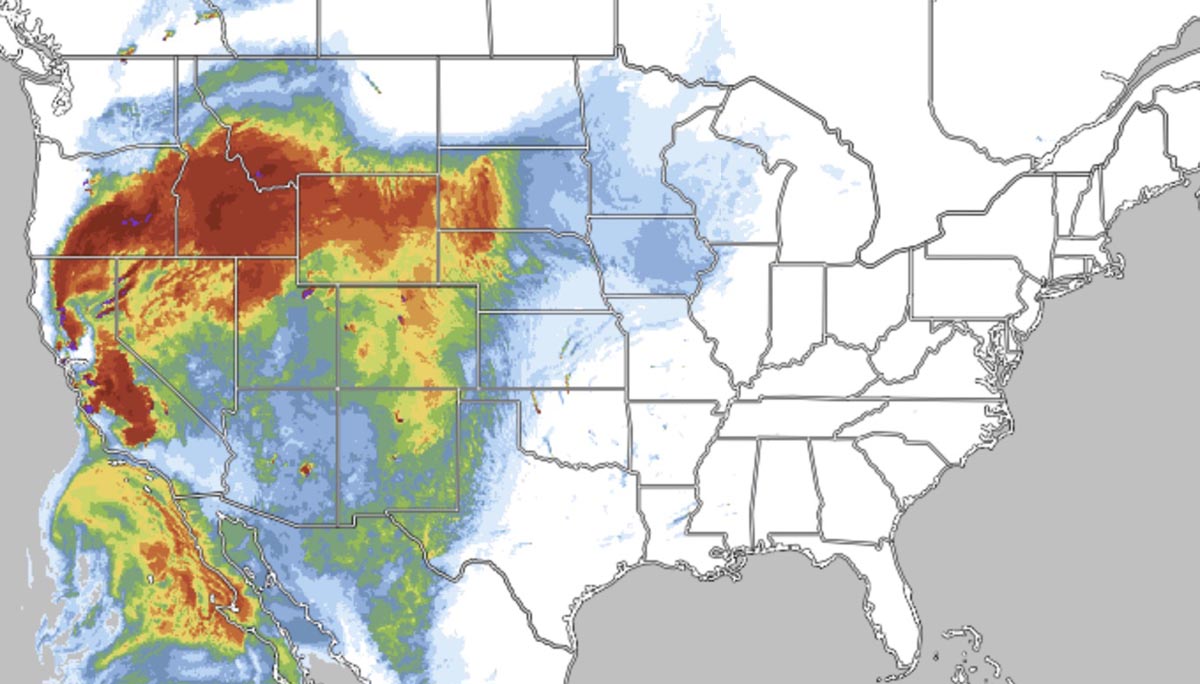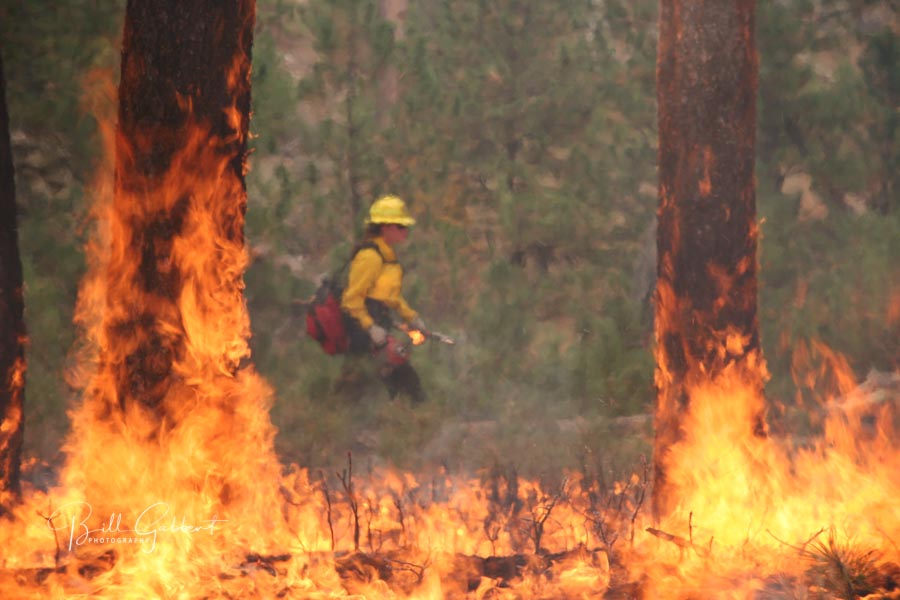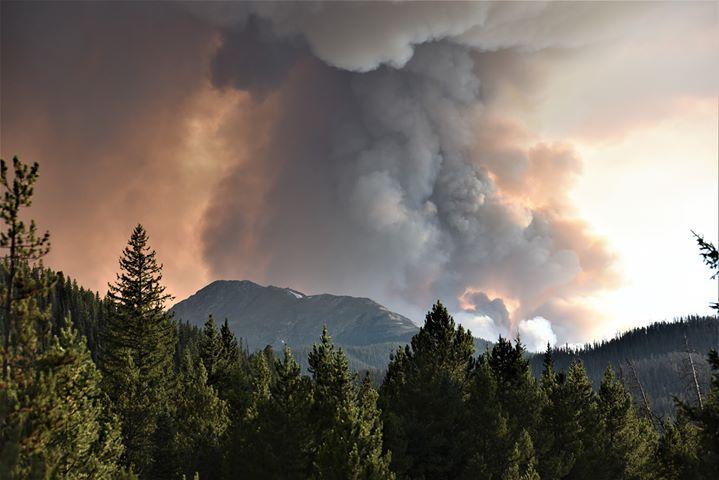
Today The Guardian published a well-researched article written by Daliah Singer about stresses the 20,000 wildland firefighters face on the job, including mental health issues. Here is an excerpt from “Burning out: the silent crisis spreading among wildland firefighters.”
“ ‘The exposure to human suffering in the last three years is not something you’d see at a typical day of work at firefighting – entire communities destroyed, loss of human life, loss of wildlife, loss of the landscape that we treasure. That’s not what wildland firefighters signed up to do, but it’s what they’re exposed to,” says Nelda St Clair, who worked in wildland fire for 40 years and is now the national critical incident stress management program manager for the Bureau of Indian Affairs (BIA).
“Mental struggles can become more acute in the offseason, when firefighters lose their connections to their crews and transition from rigorous schedules to quieter lives.
“ ‘[Wildland firefighters] have more risk than the average firefighter because of social disconnection,” says Thomas Joiner, a psychology professor at Florida State University and one of the country’s foremost experts on suicide. A recent study by his team included a sample of wildland firefighters – just 20 individuals – and found that 55% of them reported clinically significant suicidal symptoms compared with 32% of non-wildland firefighters.
“Dr Patricia O’Brien, a clinical psychologist and former hotshot – an intensely trained firefighter working directly on fire lines – expanded those results with a survey of more than 2,500 current and former wildland firefighters. Her early data, which is not yet peer-reviewed or published, shows that rates of self-reported probable depression, generalized anxiety disorder and PTSD, as well as past-year suicidal ideation, past-month binge drinking, heavy alcohol use and smokeless tobacco use were all two to 10 times more prevalent among wildland firefighters than the general public.”
(end of excerpt)
The article refers to research conducted by former hotshot Dr. Patricia o’Brien. Here is an excerpt from the abstract of her work.
“Wildland firefighters in the sample reported relatively high rates of probable depression (17.3%), probable generalized anxiety disorder (12.8%), probable PTSD (13.7%), past year suicidal ideation (20.1%), past-month binge drinking (57%), heavy alcohol use (22%) and smokeless tobacco use (36.9%). These rates were 2-10 times higher than rates typically seen among the general public. Further, data showed a disparity between the prevalence of depression and PTSD identified by the study screening measures and the rates at which participants reported having been diagnosed by a healthcare provider. Finally, wildland firefighters in the study reported exposures to a variety of stressful events. Results of the study provide preliminary research data suggesting that wildland firefighters may be at greater risk of developing mental health conditions than the general public, and that a significant proportion of those conditions are under-detected and under-treated. Findings highlight the need for health surveillance and evidence-based health promotion and illness/injury prevention program development for wildland firefighters, particularly in psychological and behavioral health domains.”
Help is available for those feeling really depressed or suicidal.
- National Suicide Prevention Lifeline: 800-273-8255. Online Chat.
- Anonymous assistance from the Wildland Firefighter Foundation: 208-336-2996.
- National Wildland Fire and Aviation Critical Incident Stress Management Website.
- Code Green Campaign, a first responder oriented mental health advocacy organization.
- Would you rather communicate with a counselor by text? If you are feeling really depressed or suicidal, a crisis counselor will TEXT with you. The Crisis Text Line runs a free service. Just text: 741-741






